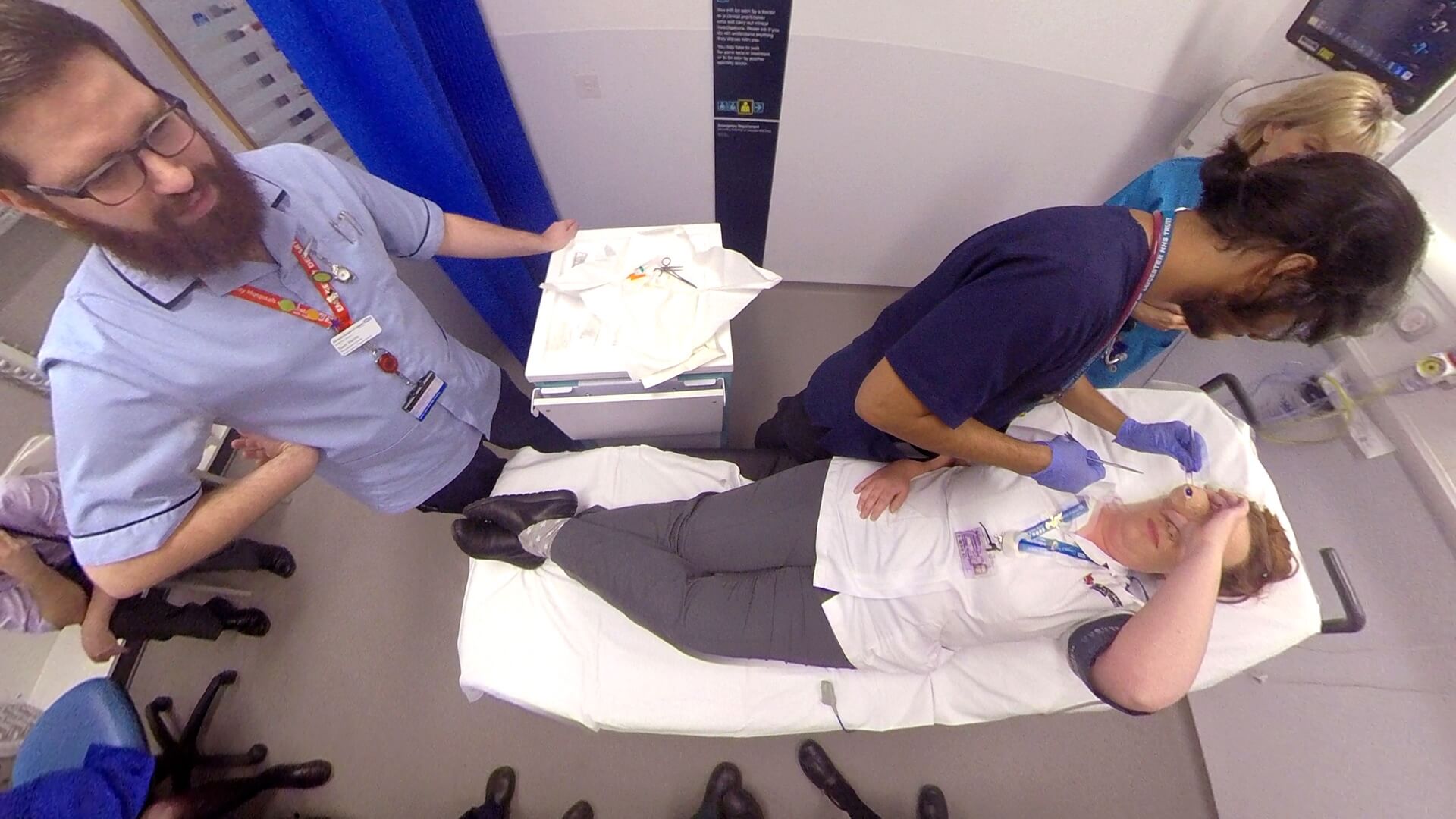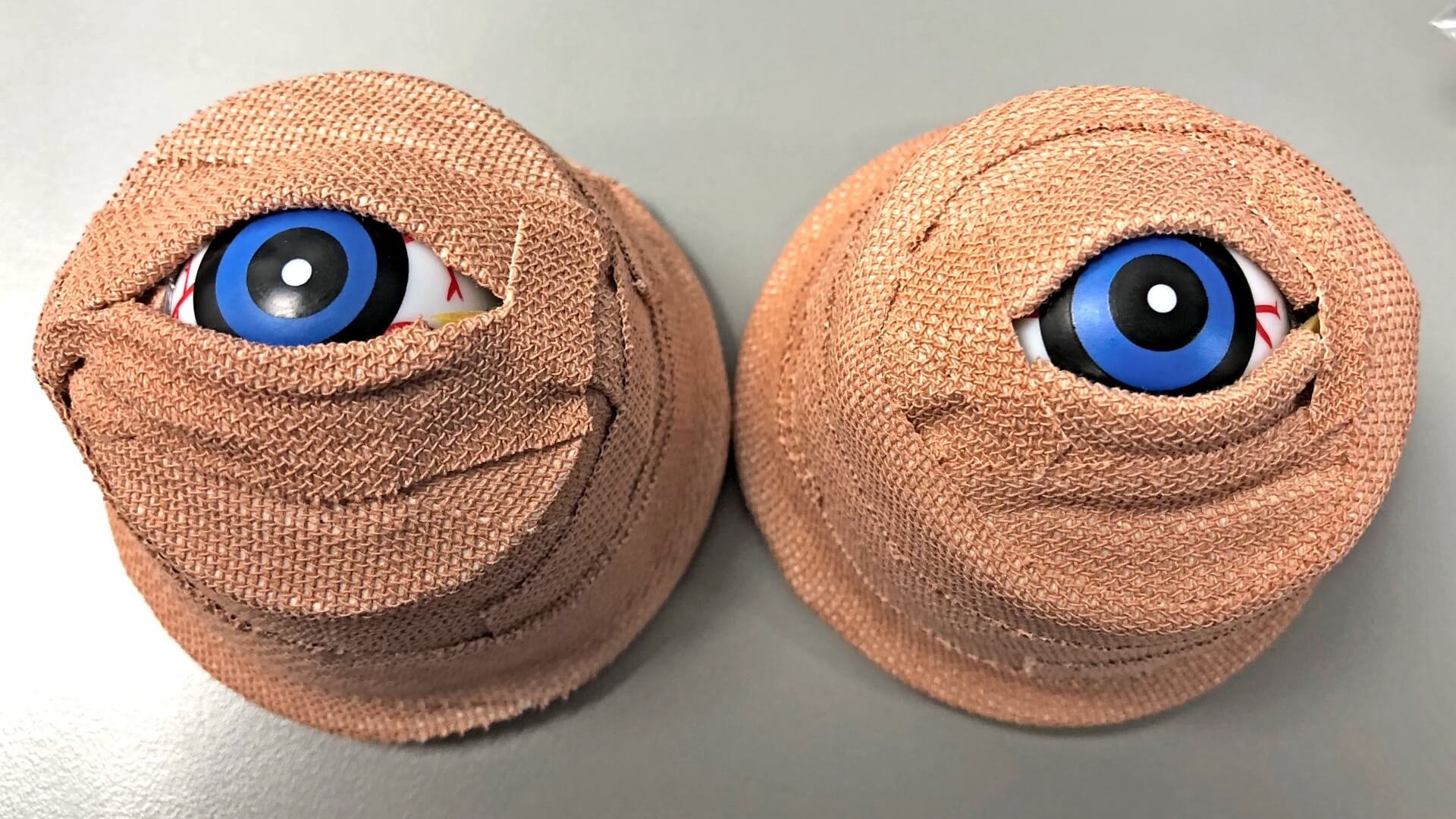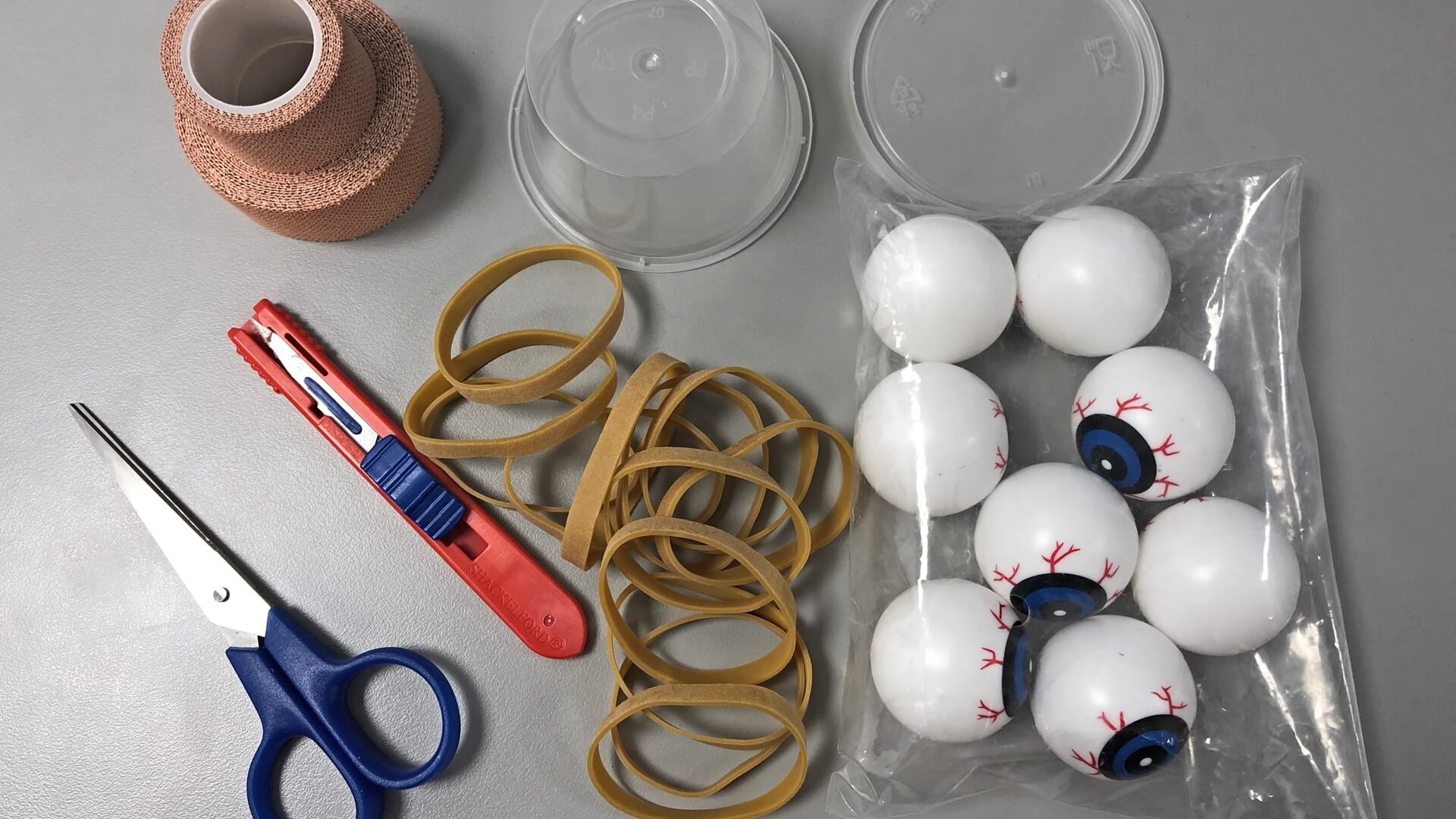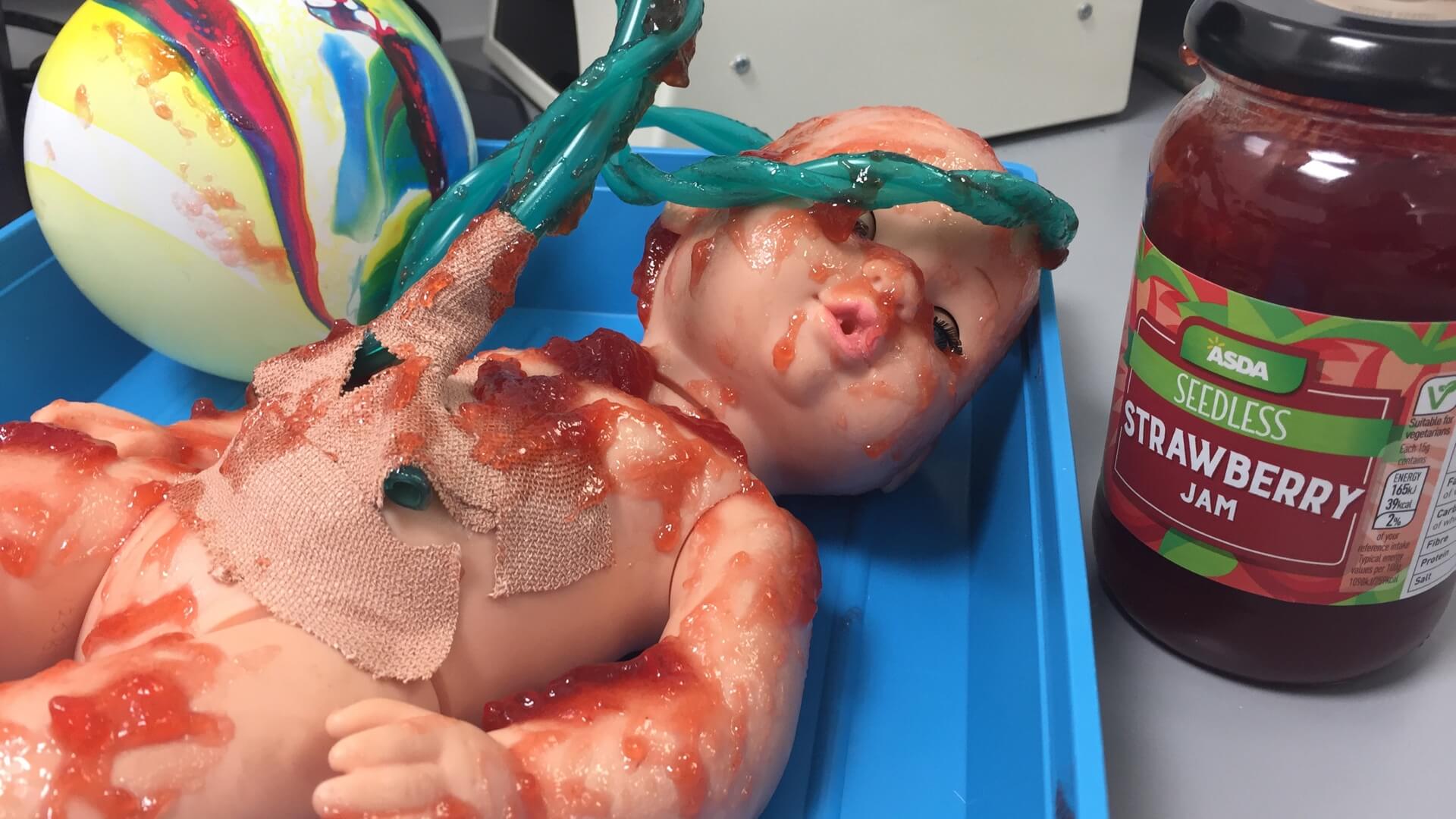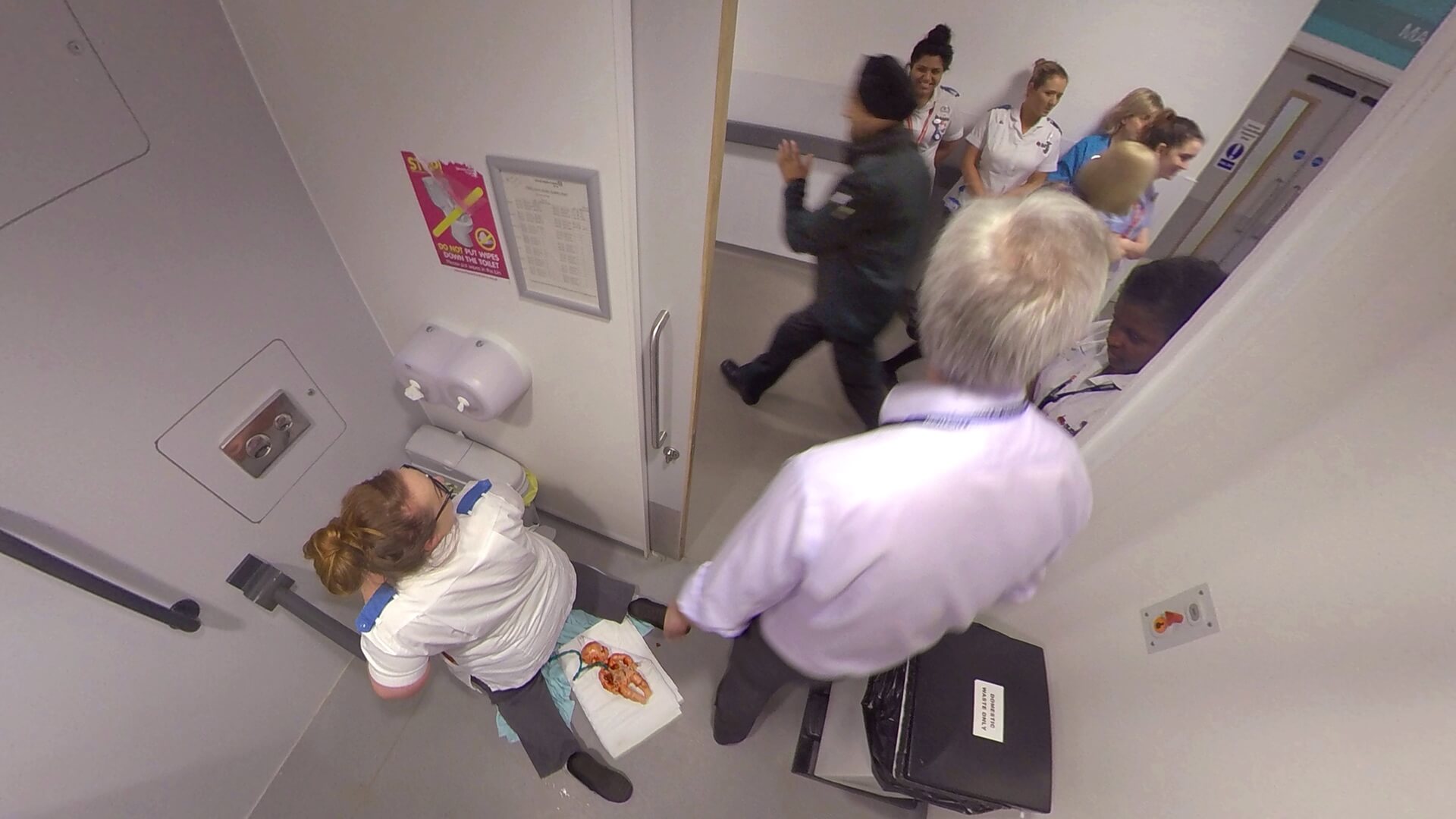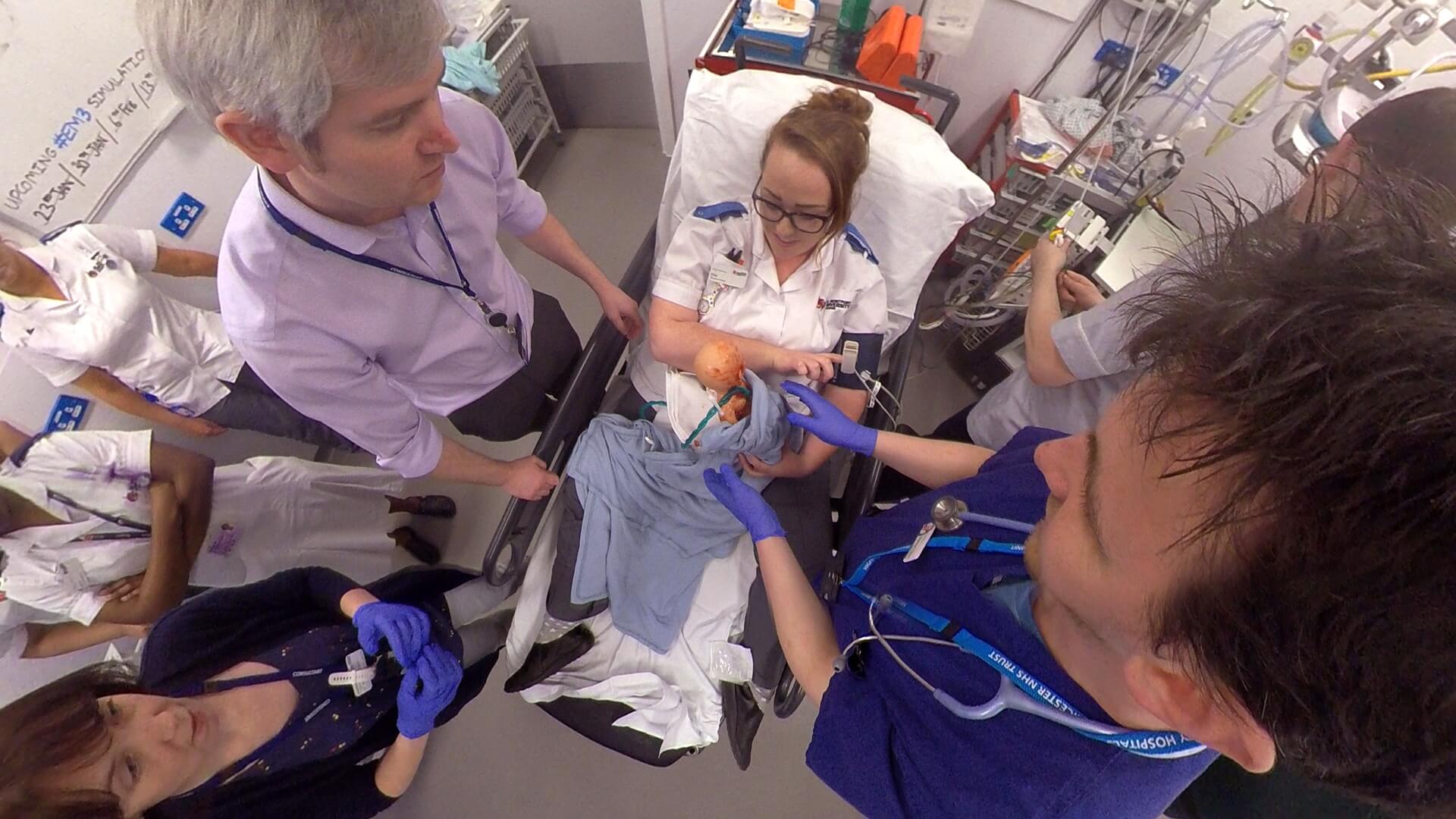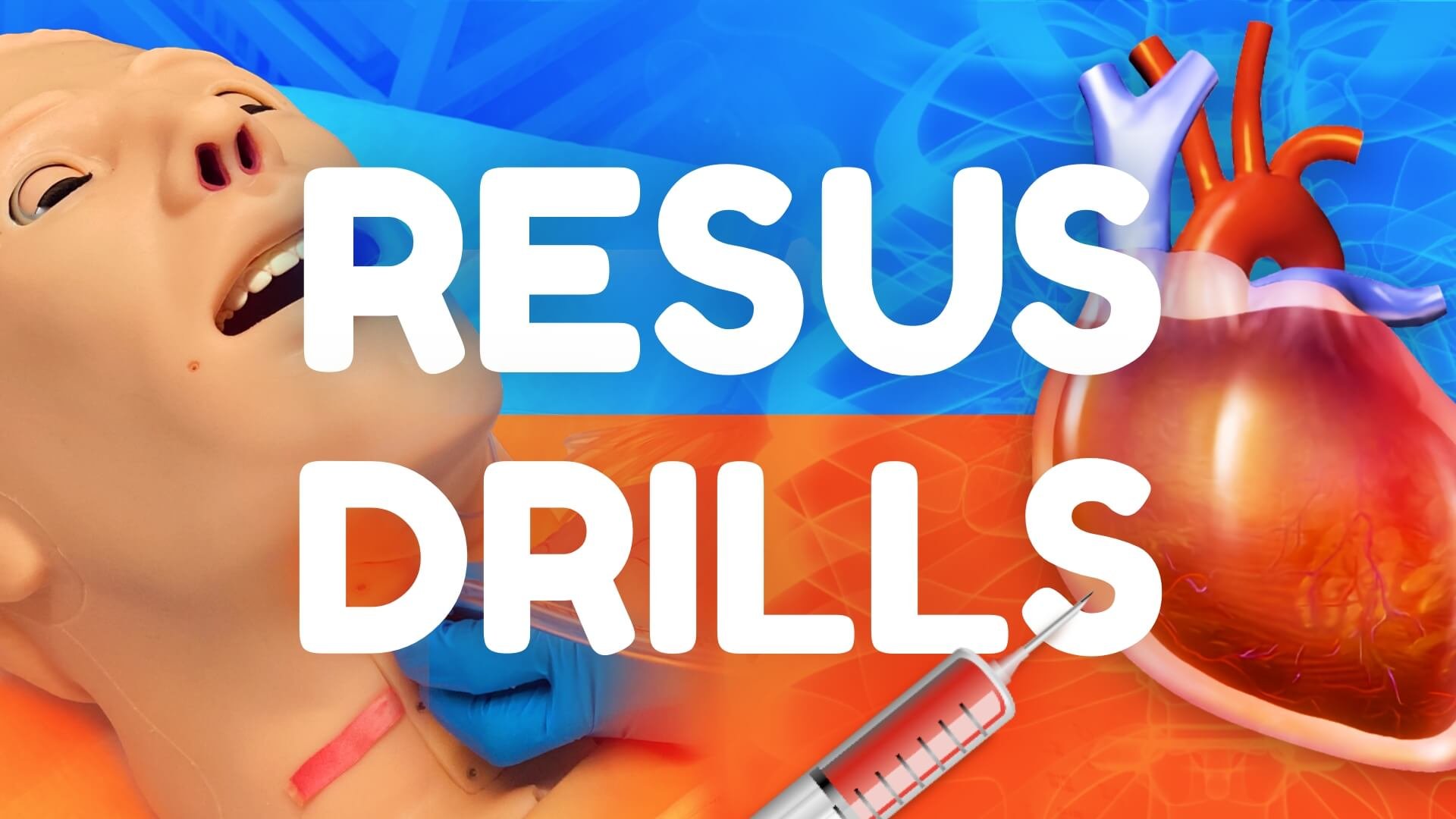Resus Drills in Practice (2019)
This week we have been testing out four of our recently released Resus Drills (as well as a nifty new 360° camera) to see how well each worked in practice and to learn from any feedback given by staff. This included everyone from our health care assistants, student nurses and physician associate students – all the way through to our FY2s, registrars and consultants.
Consider the following questions if you were faced with these scenarios:
How would you approach these cases with just 2 minutes warning?
What are the priorities?
Who else will you need?
What equipment would you want?
Scenario 1: Massive GI Bleed
“The red phone has just rung with a 3-minute warning of a 52-year-old male found on the bathroom floor by his daughter vomiting copious red blood. HR 132, BP 72/48, GCS 11, known alcoholic, named Derek.”
Click to download the PDF
Learning points:
Where is the Terlipressin kept in Resus?
How to activate the Major Haemorrhage Protocol?
How to set up the rapid transfuser?
Feedback about the Resus Drill:
“Gave me a different understanding on how massive upper GI bleeds are managed in ED as opposed to the endoscopy suite or ITU.” – Student Nurse
“We were able to identify equipment deficits in the department.” – EM Consultant
“It helped me understand process issues around the Major Haemorrhage protocol.”
Scenario 2: Lateral Canthotomy
“A 74-year-old man has fallen over in his garden – sustaining facial injuries. He is in the Emergency Room because he is on warfarin. His face is badly injured and his nose still oozing blood. Following EMAS [ambulance] handover, he says he can’t see out of his right eye very well in the last half an hour – and it is painful.”
Click to download the PDF
Learning points:
How to carry out the procedure
Understanding the urgency of cases like this
Identification of kit needed
Feedback about the Resus Drill:
“I hadn’t appreciated how time critical this presentation was.” – Trainee ENP
“Seeing what and how the procedure is preformed.” – Deputy Sister
Scenario 3: Facial Trauma
“The red phone has just rung with a 3-minute warning of a 49-year old bus driver, unrestrained, who collided with a bridge. He is GCS 13 and has heavy bleeding from hitting his face on the windscreen. No other apparent injuries. Observations are normal.”
Click to download the PDF
Learning points:
Where the facial trauma equipment stack was
What are bite blocks and epistats, and where are they kept (see composite photo below from RCEM Learning)
Feedback about the Resus Drill:
“I really enjoyed learning about facial trauma as I have no experience of this.” – Student Nurse
“I now know this [equipment] stack exists for this type of injury.” – EM Registrar
An Epistat (bottom-left) and bite blocks (middle-right). Source: RCEM Learning
Further Reading on Facial Trauma…
RCEM Learning: Floating in the Face of Danger – MaxFax injuries in the ED
Resus Drill 4: Premature Delivery
“An alarm goes out in Paediatric ED patient toilet opposite the main work-station. A 15-year-old female presented with abdominal pain gives birth unexpectedly. You are first on scene. A baby is on the floor attached by its cord.”
Click to download the PDF
Learning points:
You need both an Adult and a Paediatric team for this type of case
Working with 2 teams and understanding what the priorities are
How to call the Obstetric team
Feedback about the Resus Drill:
“Really helpful seeing how the two teams can work together!” – Paediatric Nurse
“Helped me to understand where the equipment I need is.” – Paediatric ANP
Look out for a future blog demonstrating our two other Resus Drills: Caesarean Section & Thoracotomy for Trauma!






